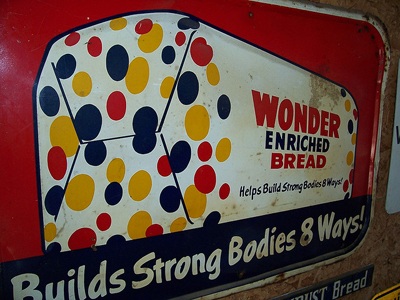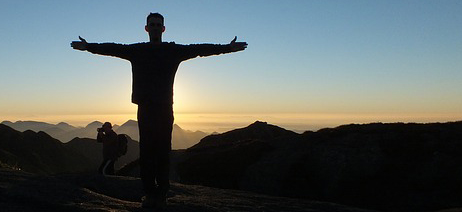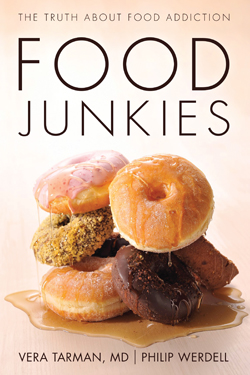Darin Detwiler: "The death bed is a horrible place to learn about food safety."
Submitted on
Darin Detwiler and I conducted this interview on Thursday. Detwiler is the senior policy coordinator for Stop Foodborne Illness and an instructor on regulatory affairs and food industries at Northeastern University. As I do, he has a deeply personal motivation to be in his line of work: His son was one of four young people who died in the 1993 E. coli outbreak at Jack in the Box restaurants in the Northwest. He tells that heartbreaking story in the interview, while also sharing vital information of use to anyone who eats.
- Read more about Darin Detwiler: "The death bed is a horrible place to learn about food safety."
- Log in to post comments
 When I was a kid, and maybe still today (I don’t care enough to look it up), Wonder Bread touted that it “buil[t] strong bodies 12 ways.” What was really going on is that its food technologists had started with grain products of nature, “refined” it beyond recognition, and then tossed in a bunch of nutritive additives to make up for what they had taken out. In effect they were saying, “look at all the goodness we’ve added, so you won’t notice all the goodness we took out.”
When I was a kid, and maybe still today (I don’t care enough to look it up), Wonder Bread touted that it “buil[t] strong bodies 12 ways.” What was really going on is that its food technologists had started with grain products of nature, “refined” it beyond recognition, and then tossed in a bunch of nutritive additives to make up for what they had taken out. In effect they were saying, “look at all the goodness we’ve added, so you won’t notice all the goodness we took out.” I’ve been thinking a lot lately about the concepts of “restriction” vs. “freedom.” For me, of course, the context is often around how to eat.
I’ve been thinking a lot lately about the concepts of “restriction” vs. “freedom.” For me, of course, the context is often around how to eat.